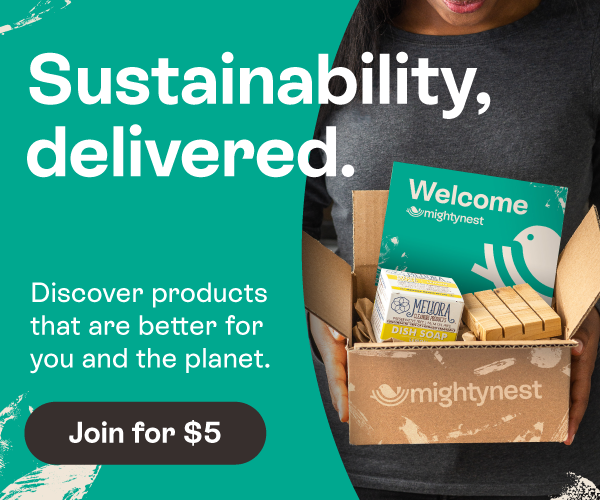
I recently counted the number of sunscreens at my local drugstore. There were 118 choices. Oddly, the display wasn't even that big, but the number of different products all leading you back to one specific need, had quite the range. I'm sure you can imagine the selling points: SPF, scent, sport, face, water-proof, sweat-proof, oil-free, ease of application....there's a lot to decipher.
To simplify: Most conventional sunscreens are chemical as opposed to mineral. All other claims aside, this is the critical distinction.
Chemical sunscreens do their job by absorbing UV light. To do that, potentially harmful chemicals (see below) must be deeply absorbed into your skin, which is the last place you want them to end up. Dermal absorption is one of the main ways substances can enter the body. Not so great when those substances are potentially toxic.
Mineral sunscreens reflect UV light. To do this they form a barrier on the surface of the skin. That mineral barrier is formed by Zinc Oxide. Fortunately, modern mineral sunblocks use smaller particles of zinc oxide which allows them to go on smoothly and disperse easily. Beware of nano particles, though, that's a whole other story.
Both types of sunscreens need to be reapplied, especially after swimming or sweating. Thinksport happens to have the highest rating of water-resistance given by the FDA, as high as chemical sunscreens. The difference is: Minerals need to be replaced because they wash or wear off. Chemicals need to be replaced because they either get absorbed further into your body or break down under UV radiation and are no longer effective. Furthermore, research from the University of California, Riverside, indicates that not reapplying chemical sunscreen could cause even more cell damage than not using it in the first place. Because sunscreen chemicals themselves generate free radicals from exposure to the sun in addition to those produced by sun exposed skin cells.
Mineral sunscreens are made with either Zinc Oxide or Titanium Dioxide or both. At MightyNest, we have selected sunscreens that are made with non-nano particles and which offers excellent protection from both UVB + UVA rays.
3 key factors to consider when choosing a safe sunscreen:
- Oxybenzone: the primary function of this chemical is to absorb ultraviolet light, although research has shown that this chemical can be absorbed through the skin very easily and has been linked to hormone disruption (acting as estrogen) and cell damage (creates free radicals when exposed to the sun). Some lab studies have even linked oxybenzone to skin cancer. This can also be listed as benzophenone or benzophenone-3.
- Nano Particles: these particles have different physical, biological and chemical properties than their larger counterparts. And an additional risk as well: the concern is that these particles could generate free radicals (causing cell damage) and have an easier chance of being absorbed than coarser particles. Particles that are 100nm or larger are considered safer or labeled NON NANO.
- Broad Spectrum Protection UVA+UVB: many conventional chemical sunscreens protect your skin from the UVB (shortwave) rays, the ones that make your skin burn, but not from UVA (long-wave) rays, which penetrate deep in the skin. Both UVA and UVB play an important role in conditions of our health including premature skin aging, eye damage (including cataracts) and skin cancer. UVA contributes to and may even initiate skin cancers. Sunscreens with an SPF of over 50 gives consumers a false sense of security that you're protected for extended amounts of time outside and neglect to re-apply sunscreen as suggested.
- Choose a sunscreen that does not contain oxybenzone or nanoparticles.
- Make sure your sunscreen is Broad Spectrum - protecting your skin from both UVA + UVB rays.
- Avoid sunscreens, lip products and skin lotions that contain Vitamin A or often labeled as "retinyl palmitate" or "retinol," as federal studies have shown links to the development of skin tumors and lesions when exposed to the sun.
- Avoid sunscreens with parabens, phthalates, phenoxyethanol, PEG's and other harmful chemicals.
- UVB is the strongest between 10 AM and 4 PM from April to October (in the US) so plan accordingly.
We currently carry 2 brands at MightyNest that we feel meet the criteria of safety and effectiveness. Both Badger and Thinkbaby sunscreens have been given the thumbs up on both SafeMama's sunscreen cheat sheet and EWG's sunscreen guide.
All of these options are mineral-based sunscreens, made with Zinc Oxide (12-22.5%). None of these are made with nanoparticles, oxybenzone or any other harmful chemicals. And all offer broad spectrum protection from the sun. Whew, that was a lot of heavy info....now it's time to get out there and have fun! With no more worries about whether or not your sunscreen is safe. Take the pledge, then tell us: What's your strategy for getting sunscreen onto your kids, and what other ways do you keep your family sun safe?


